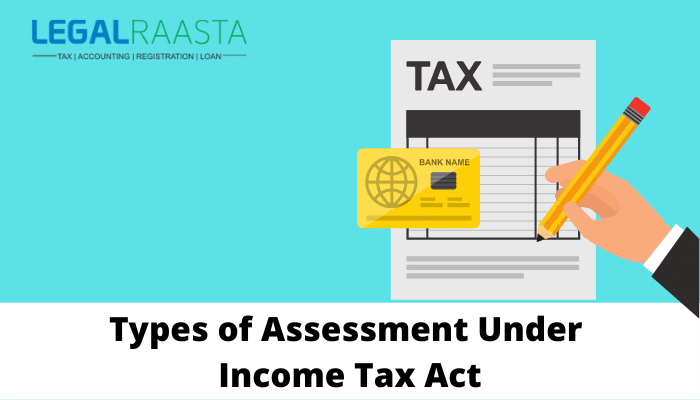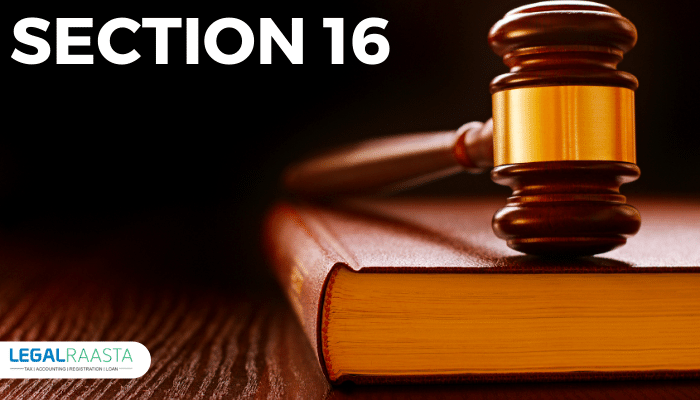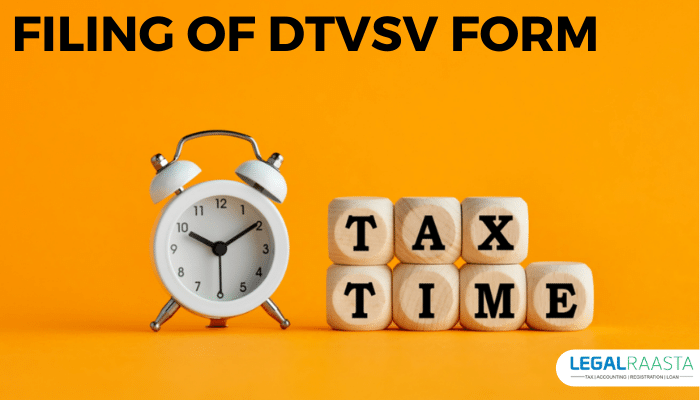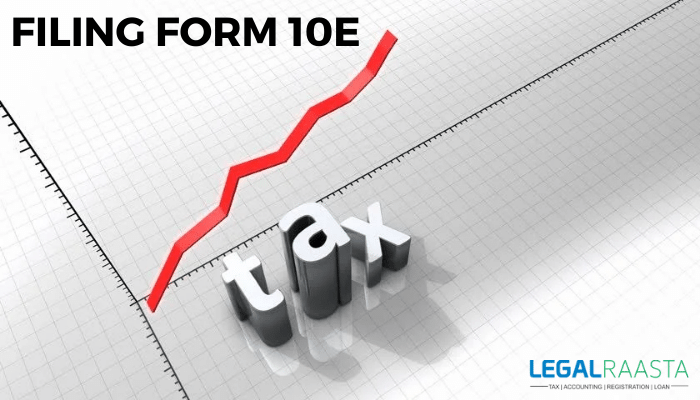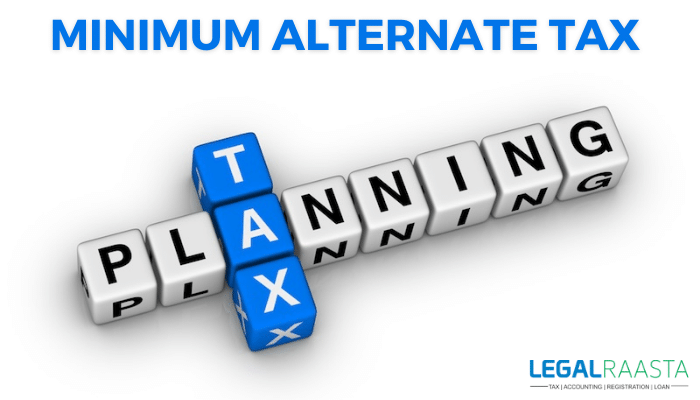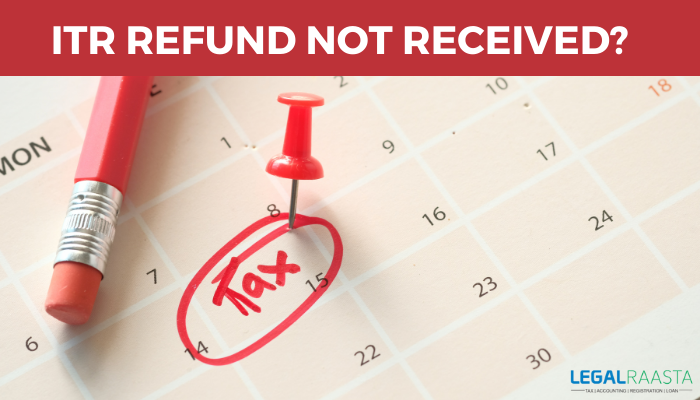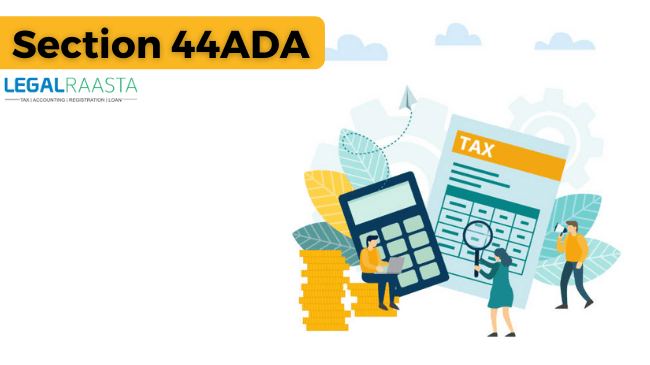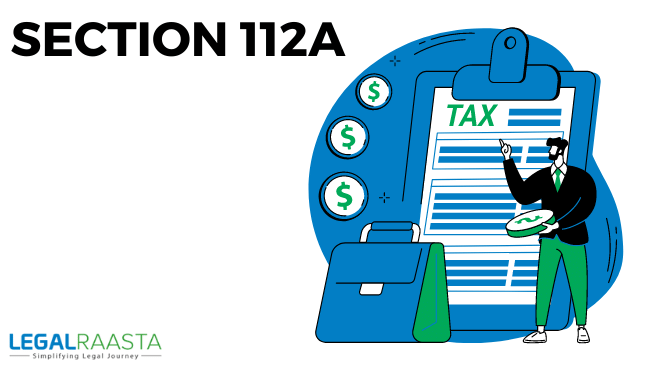Types of Assessment Under Income Tax Act
To provide the complete details of income for the relevant financial year, all assessee must file income tax returns with the Income Tax Department. Once the assessee has filed such a return, the next step is for the Income Tax Department to examine it and determine whether it is correct. Assessment is the process of the assessing officer judging and evaluating the return of revenue. There are five types of assessment. Under Section 144, the term assessment also encompasses re-assessment and best judgement assessment. Over the years, the Income Tax Department’s assessment patterns have changed dramatically.
Types of Assessment
According to Income tax laws, there are five types of assessment which are:
1. Self-assessment
The Income Tax Department in India has many forms available for submitting an income tax return, which are used by the assessee to combine his income from various sources. The assessee adjusts his income for any losses, deductions, or exemptions he is entitled to during the fiscal year. To calculate the net income tax due, he subtracts the TDS and advance tax from the total income. Self-assessment is the term for this type of tax assessment.
2. Assessment under section 143(1) or Summary Assessment without calling the taxpayer is the second type of assessment
Summary assessment is one of the most common types of assessment, and it aims to cross-check the information provided by the assessee in his return with the information available to the Income Tax Department. This is a preliminary appraisal of the return of income wherein detailed scrutiny is not executed. The taxpayer’s total income is computed after adjusting for any arithmetical errors in the return, an inaccurate claim that appears plain from the information provided in the return, any disallowance of spending revealed in the audit report that is not taken into account in the return, and so on.
However, no such adjustment to an assessee’s total income will be made until he receives written or electronic notification of the adjustment. Within one year of the end of the financial year in which the tax return is filed, a summary assessment can be done.
3. Assessment under Section 143(3) or Scrutiny assessment
Scrutiny assessment is a proper assessment of an income tax return to ensure the accuracy and veracity of all claims, deductions, and other benefits claimed by the assessee in his return. The goal of this assessment is to make sure the assessee hasn’t understated his or her income, claimed excessive losses, or underpaid tax to the IRS in any way.
If the Assessing officer believes it is necessary to ensure that no income or expenditure has been understated or overstated, he will serve a notice on the assessee for the purpose of performing a scrutiny assessment, requiring him to attend his office or provide any proof in support of the income tax return. The notice must be delivered within six months after the end of the fiscal year in which the return is submitted. The deadline for completing a scrutiny assessment under Section 143(3) is 12 months from the end of the AY in which the income was originally assessable, according to Section 153.
4. Best judgment assessment or Assessment under section 144 is one of the types of assessment.
This is an assessment made by the AO in line with his or her best judgement based on all available facts. In the following situations, Section 144 requires the AO to make a best judgement assessment:
- If the assessee fails to file the return by the due date specified in Section 139(1), or a belated return by the due date specified in Section 139(4), or a revised return by the due date specified in Section 139(5), the assessee will be penalized.
- If the assessee fails to comply with the provisions of a notice issued under Section 142(1) requiring him to produce specific information or books of accounts, the assessee would be penalised.
- If the assessee fails to comply with the special audit orders given under Section 142 (2A), the assessee would be penalised
- If the assessee fails to comply with the provisions of a notice issued under Section 143(2) in relation to a scrutiny assessment after filing the tax return,
- If the AO is not satisfied with the completeness of the assessee’s accounts or if he has not consistently adopted an accounting technique,
The AO must serve a show cause notice on the assessee before conducting a best judgment assessment. If he has already received a notice under section 142(1), this notice is not necessary. The time limit for completing an assessment under Section 144, according to Section 153, is 12 months from the end of the AY in which the income was first assessable.
5. Income escaping assessment or Assessment under section 147 is also one of the types of income tax assessment.
Income escaping assessment is one of the types of income tax assessments that the AO conducts if he has reasonable reasons to suspect that any income liable to tax under the Act has escaped assessment for a certain assessment year. The sole purpose of a Section 147 assessment is to bring any income that has previously escaped the original assessment into the tax net. In this context, “original assessment” refers to a review conducted under Sections 143(1), 143(3), 144, and 147.
The following are some cases of assessments that come under Section 147:
- The assessee fails to file his return of income for the previous year, despite the fact that his total income surpassed the maximum amount not subject to tax.
- The AO discovers that the assessee has understated his income or claimed an excessive loss, exemption, deduction, or allowance in his tax return, but no assessment has been made.
- The assessee has neglected to file a report with respect to any international transaction, as he was required to do under Section 92E.
The AO is required to issue a notice under Section 148 to the assessee in order to provide him with an opportunity to be heard when conducting an assessment under Section 147. Section 148 allows for the issuance of such a notice within four years after the end of the relevant assessment year.
The time period for completing a Section 147 order of assessment, reassessment, or re-computation is 9 months from the end of the financial year in which the notice under Section 148 was served, according to Section 153. In addition, if the Section 148 notice is served on or after April 1, 2019, the time limit for making this assessment is 12 months from the end of the financial year in which the Section 148 notice is served.
Conclusion
The procedure of the Income Tax Department examining a return of income is known as “assessment.” The AO conducts many types of assessments to ensure that taxpayers haven’t concealed any information or underpaid any taxes. There are times when the CBDT picks up an assessee’s return for an assessment based on parameters defined by the CBDT.
Related posts
How to generate income tax return(itr)in xml file

